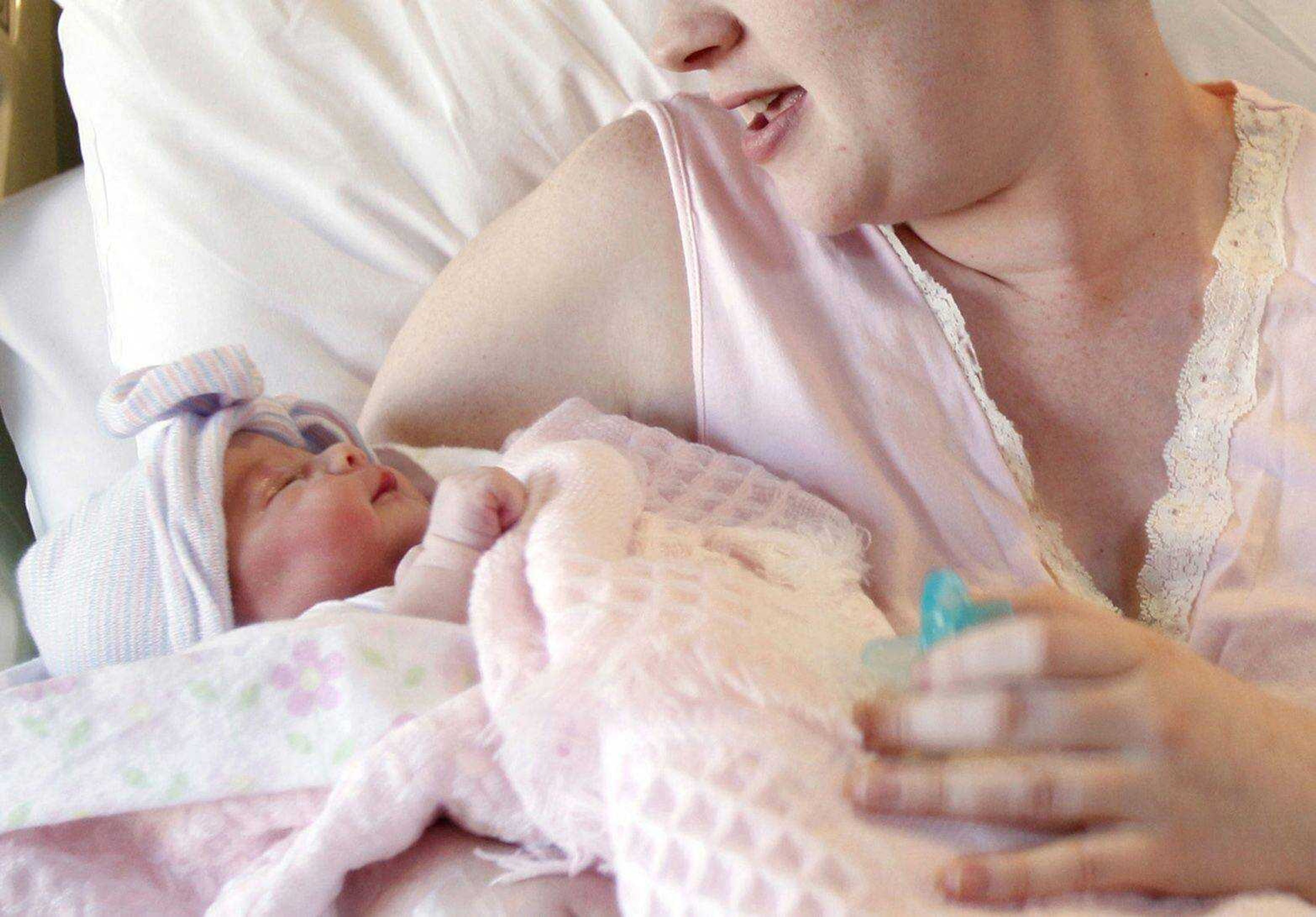NEW YORK -- Births in the United States fell for the fourth year in a row, the government reported Wednesday, with experts calling it more proof that the weak economy is still dampening enthusiasm for having children.
Fewer than four million births were counted last year -- the lowest number since 1998.
Some experts theorize that many women or couples who are out of work, underemployed or have other money problems believe they cannot afford to start a family or add to it.
But there may be a silver lining: The decline in 2011 was just 1 percent -- not the 2 to 3 percent drop seen in recent years.
The report by the Centers for Disease Control and Prevention is a first glimpse at 2011 birth-certificate data from state health departments.
Highlights include:
* The birthrate for single women fell for the third straight year, dropping by 3 percent from 2010 to 2011. However, the birthrate for married women rose 1 percent. In most cases, married women are older and more financially secure.
* The birthrate among Hispanic women dropped a whopping 6 percent. But it declined only 2 percent for black women, stayed the same for whites and actually rose a bit for Asian-American and Pacific Islanders.
* Birthrates fell again for women in their early 20s, down 5 percent from 2010 -- the lowest mark for women in that age group since 1940, when comprehensive national birth records were first compiled. For women in their late 20s, birthrates fell 1 percent.
* But birthrates held steady for women in their early 30s, and rose for mothers ages 35 and older. Experts say women in this age group generally have better jobs or financial security, and they are more sensitive their biological clocks.
* Birthrates for teenage mothers have been falling since 1991 and hit another historic low. The number of teenagers giving births last year -- about 330,000 -- was the fewest in one year since 1946. This birthrate fell 8 percent, and at 31 per 1,000 girls ages 15 through 19 was the lowest recorded in more than seven decades.
Declining births is a relatively new phenomenon in the U.S. where births had been on the rise since the late 1990s. Births hit an all-time high of more than 4.3 million in 2007.
The report also suggests the cesarean delivery rate finally might have peaked at just less than 33 percent -- the same as last year.
The C-section rate had been rising steadily since 1996, until it dropped slightly in 2010.
"It does suggest the upward trend may be halted," said Joyce Martin, a CDC epidemiologist who co-authored the new report. But CDC officials want a few more years of data before declaring victory.
Did the economy have anything to do with a drop in teenage births?
Only indirectly, according to John Santelli, a Columbia University professor of population and family health.
"Teens tend to emulate young adults," he said. "They are less influenced directly by the economy than by people."
"The continued decline in the teenage birthrates is astounding," Santelli said.
And Carl Haub, a senior demographer with the Population Reference Bureau, a Washington, D.C.-based research group, said of the slowing trend, "It may be that the effect of the recession is slowly coming to an end."
The economy officially was in a recession from December 2007 until June 2009.
But well into 2011, polls show most Americans remained gloomy, citing anemic hiring, a depressed housing market and other factors.
Early data for 2012 is not yet available, and it is too soon to guess whether or not the trend will change, according to one of the authors of the government study.
Connect with the Southeast Missourian Newsroom:
For corrections to this story or other insights for the editor, click here. To submit a letter to the editor, click here. To learn about the Southeast Missourian’s AI Policy, click here.







